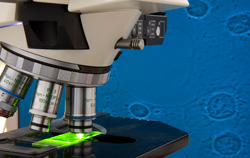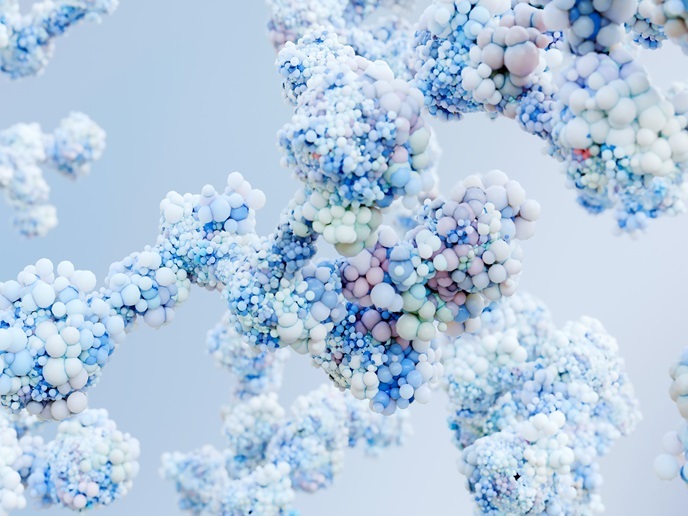Positive 'signals' for treating Alzheimer and cancer
There are numerous ways to study dangerous diseases such as cancer. One of these is to examine body tissue types called epithelia. This type of tissue is regulated by many different factors at the sub-cellular level. Although they play a key role in epithelial integrity, the molecular mechanisms underlying tissue regulation are poorly understood. A lot of communication or signalling goes on in epithelial tissue, sometimes leading to overgrowth of tissue or even cancer. Understanding these signalling mechanisms is very important in treating implicated diseases. Funded entirely by the EU, the NOTCH and Polarity project was named after two specific types of signalling mechanisms that are implicated in cancer and tissue overgrowth. The project aims to understand how both of these are involved in tissue homeostasis, such as control of epithelial integrity and cell division. Rigorous laboratory tests have been undertaking on fruit flies or drosophila, using advanced digital analysis and images to understand the signalling process in epithelia. Close monitoring and documentation has already started unveiling the secrets of signalling and the role they play in diseases. For one, this is expected to reveal a key set of genes involved in the regulation of signalling mechanisms or 'pathways'. Some of these pathways have been linked to Alzheimer's disease, different congenital diseases and malignancies such as leukaemia. Once these pathways and mechanisms are understood, the results will help design treatment strategies for these ailments. More concrete results are set to emerge at the conclusion of this project by the end of 2011.







